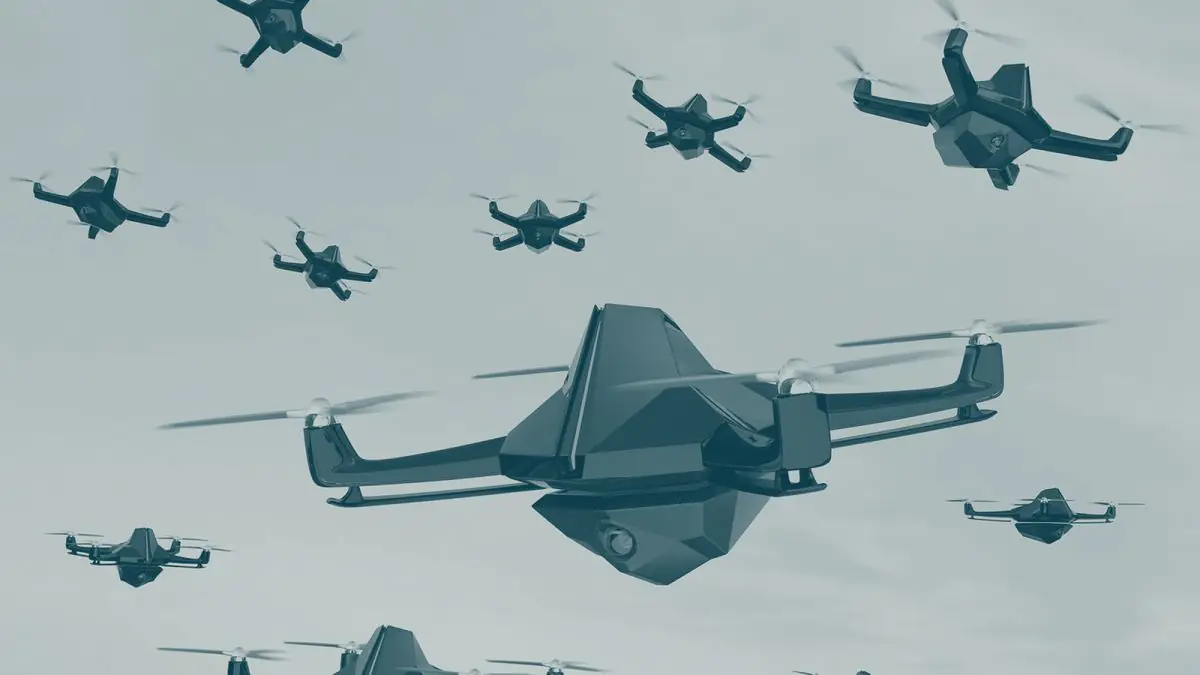The United States Air Force is ramping up efforts to develop cost-effective aerial systems that could eventually serve as relatively inexpensive cruise missiles. Selected designs are expected to enter scaled production under the Pentagon’s Replicator initiative. The demand within the U.S. armed forces for more efficient and affordable munitions – ones that can be produced at an accelerated pace – continues to grow, especially in light of potential conflicts, including those involving China.
Recently, the Pentagon announced that the Enterprise Test Vehicle (ETV) program, led by the Air Force in collaboration with the Defense Innovation Unit, has entered the second phase of development under the Replicator initiative. This initiative aims to accelerate the deployment of thousands of highly autonomous unmanned platforms by August 2025.
“The modular design and open system architecture of the ETV make it an ideal platform for software teams to test new capabilities at the subsystem level, reduce risks, and demonstrate various weapon applications,” stated U.S. Air Force General Jim Slife. “We are excited to be part of the Replicator 1.2 program and to accelerate progress on the ETV.”

Currently, four companies are building prototypes for the ETV program: Anduril Industries, Integrated Solutions for Systems, Inc., Leidos subsidiary Dynetics, and Zone 5 Technologies. These firms aim to see the prototypes undergo flight testing, with certain ETV models fast-tracked for mass production.
Details about the various ETV projects remain limited, aside from the recently unveiled Anduril Barracuda initiative. This project introduces a family of more affordable cruise missiles consisting of three models, with the largest, the Barracuda-500, being part of the ETV program. The Barracuda-500 boasts a claimed payload capacity of up to 100 pounds and an expected maximum range of 500 miles when launched from the air.
It is also worth noting that debates persist among different military branches over whether the ETV project should be classified primarily as missile development or drone technology. The distinction between drones – particularly long-range “kamikaze” types – and cruise missiles has increasingly blurred. This ambiguity is further highlighted by the inclusion of the ETV program in the Replicator initiative, which focuses specifically on unmanned systems.
The selection of ETV for inclusion in Replicator 1.2 highlights a broader focus on exploring new manufacturing technologies and expanding the industrial base for munitions production beyond the traditional large prime contractors. The ETV program represents a pathway to “broadening the industrial base by engaging non-traditional suppliers who may not have historically been major ammunition manufacturers.”
Anduril stands out as a key example of the U.S. military’s increasing reliance on smaller manufacturers for missile systems and other advanced technologies. Since its founding in 2017, the company has steadily secured larger defense contracts across a growing range of unmanned systems, including drones and loitering munitions. Two of Anduril’s other products – the Altius-600M unmanned aerial system and the Ghost-X unmanned helicopter – have also been included in the latest phase of the Replicator 1.2 initiative. Additionally, the program features the Performance Drone Works C100 quadcopter and the AeroVironment Switchblade 600 loitering munition.
Smaller companies are increasingly joining this process, particularly in developing relatively low-cost countermeasures. In August, Y Combinator announced funding for the startup Ares Industries and its concept for affordable anti-ship cruise missiles.
The U.S. military faces an urgent need to expand its weapons stockpiles and diversify its resupply options. Ongoing support for Ukraine, current crises in the Red Sea and the broader Middle East, and the possibility of a large-scale conflict with China underscore the necessity for robust reserves and raise concerns about the capacity of the industrial base to meet production demands.
Source: twz








